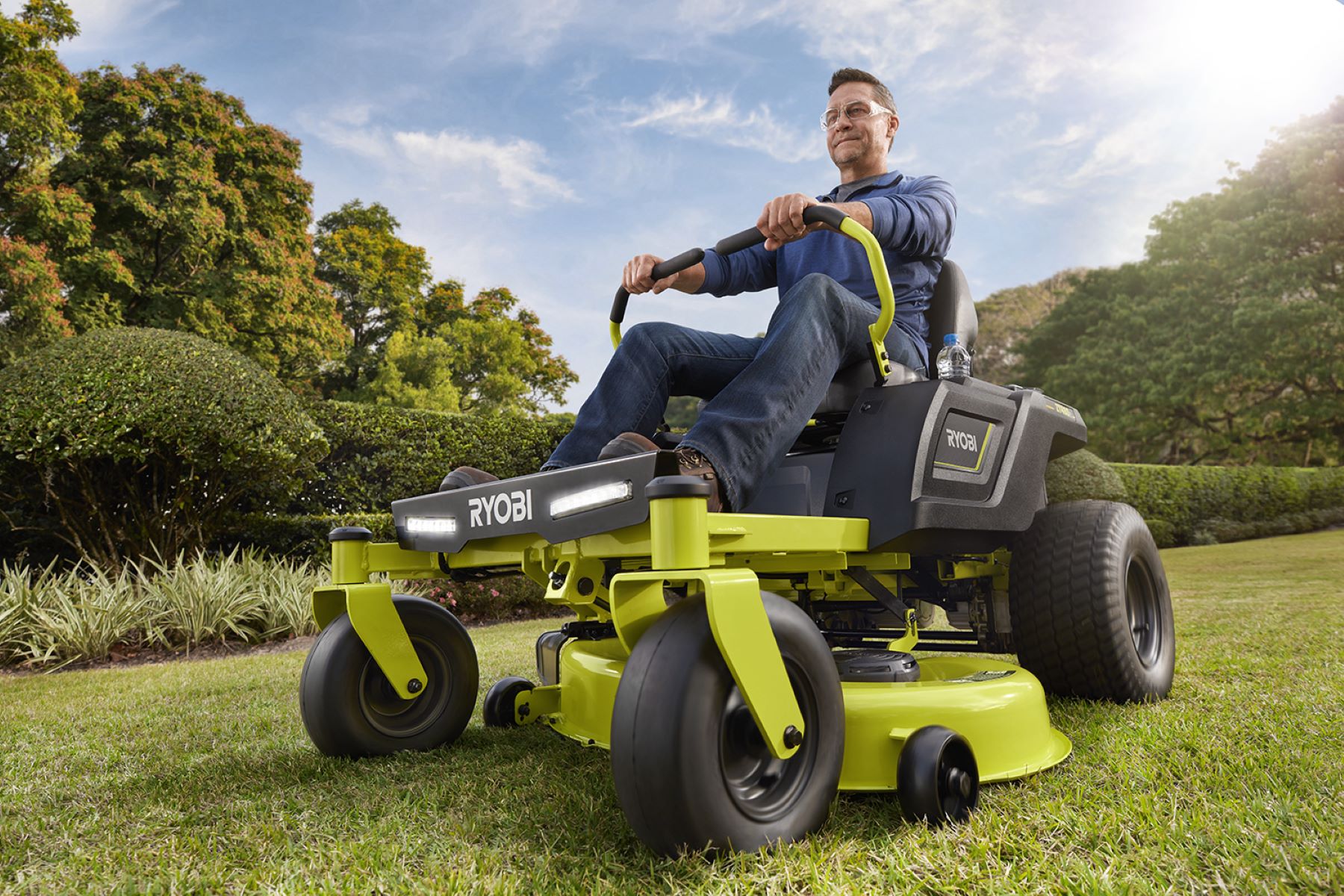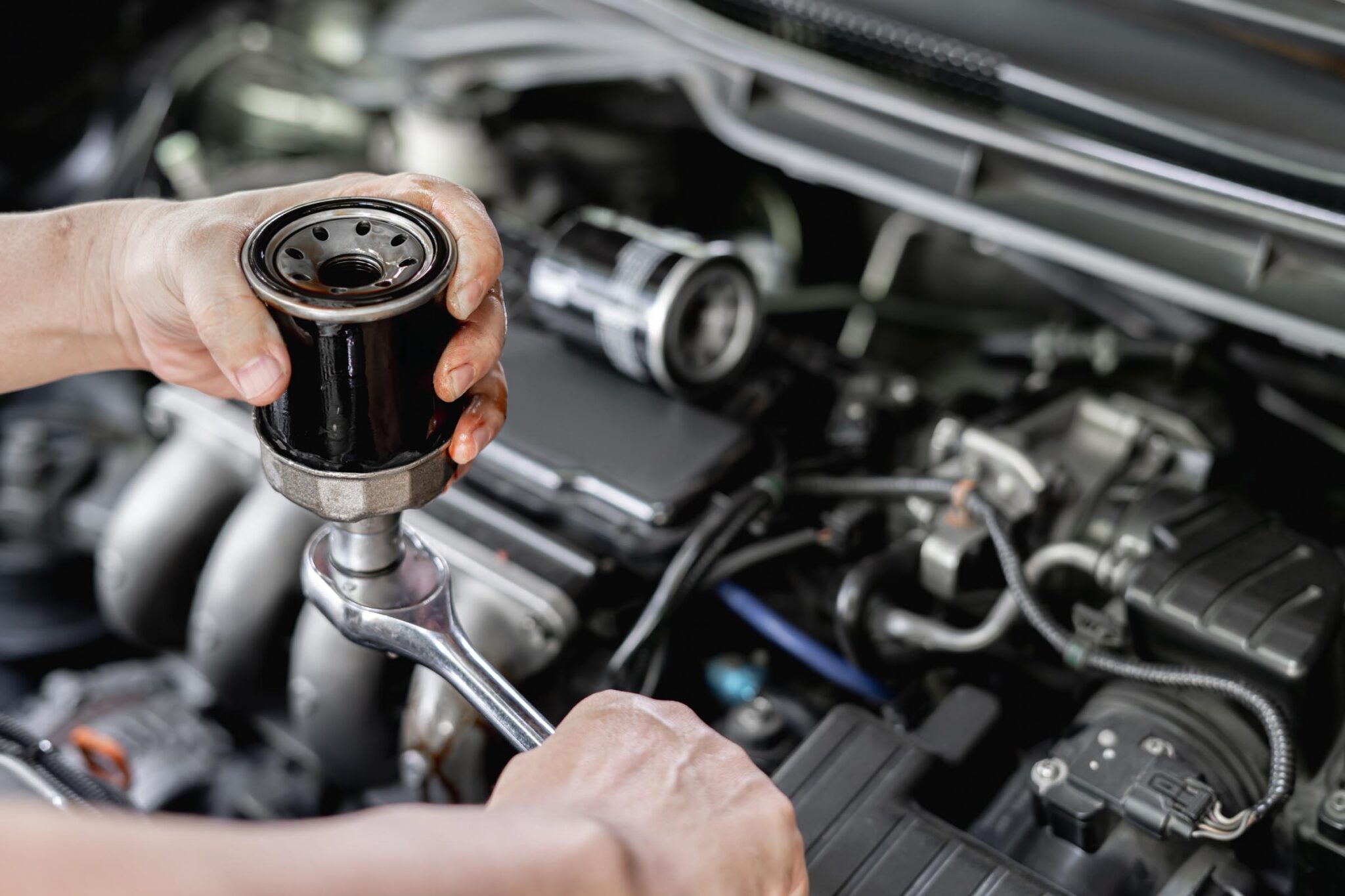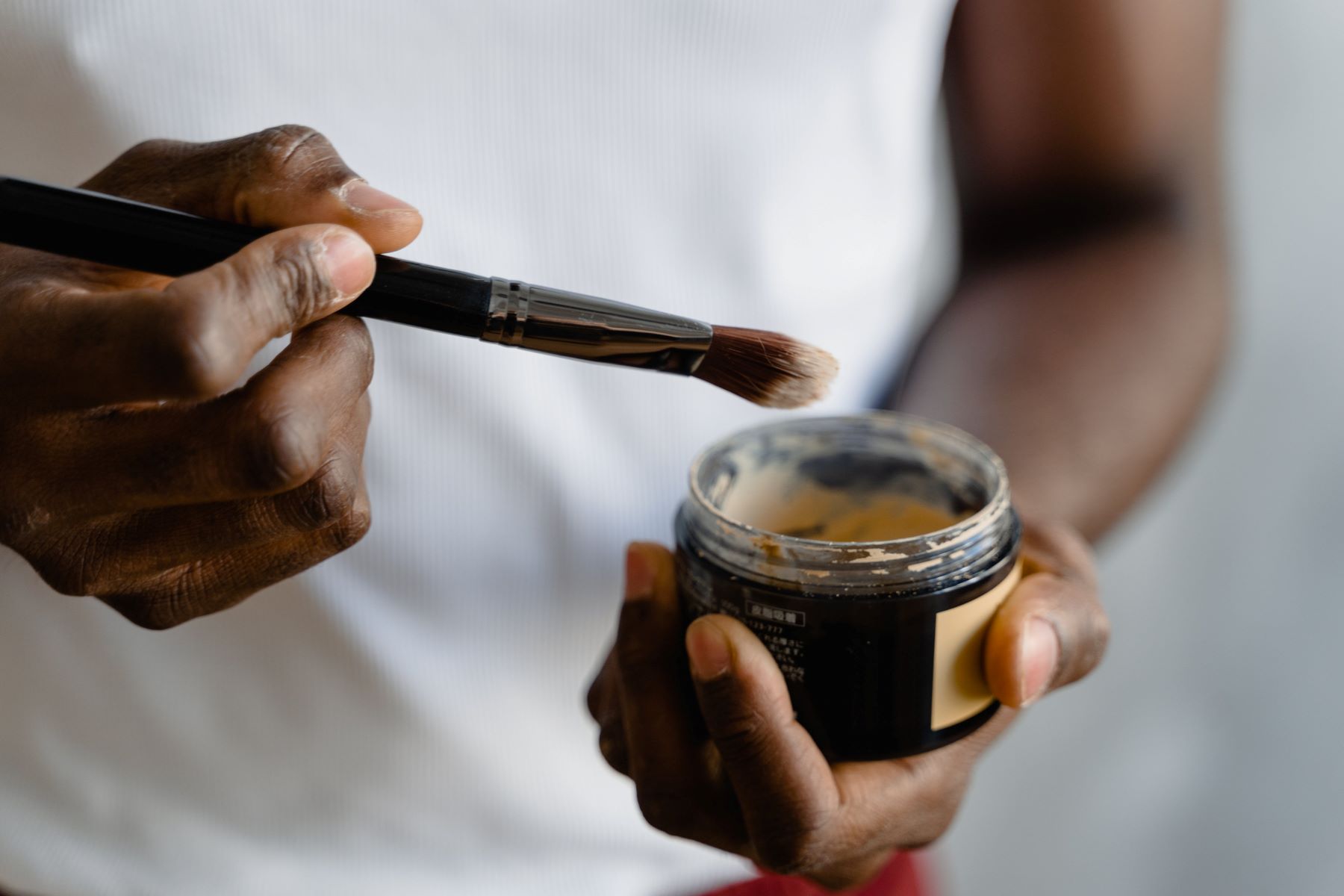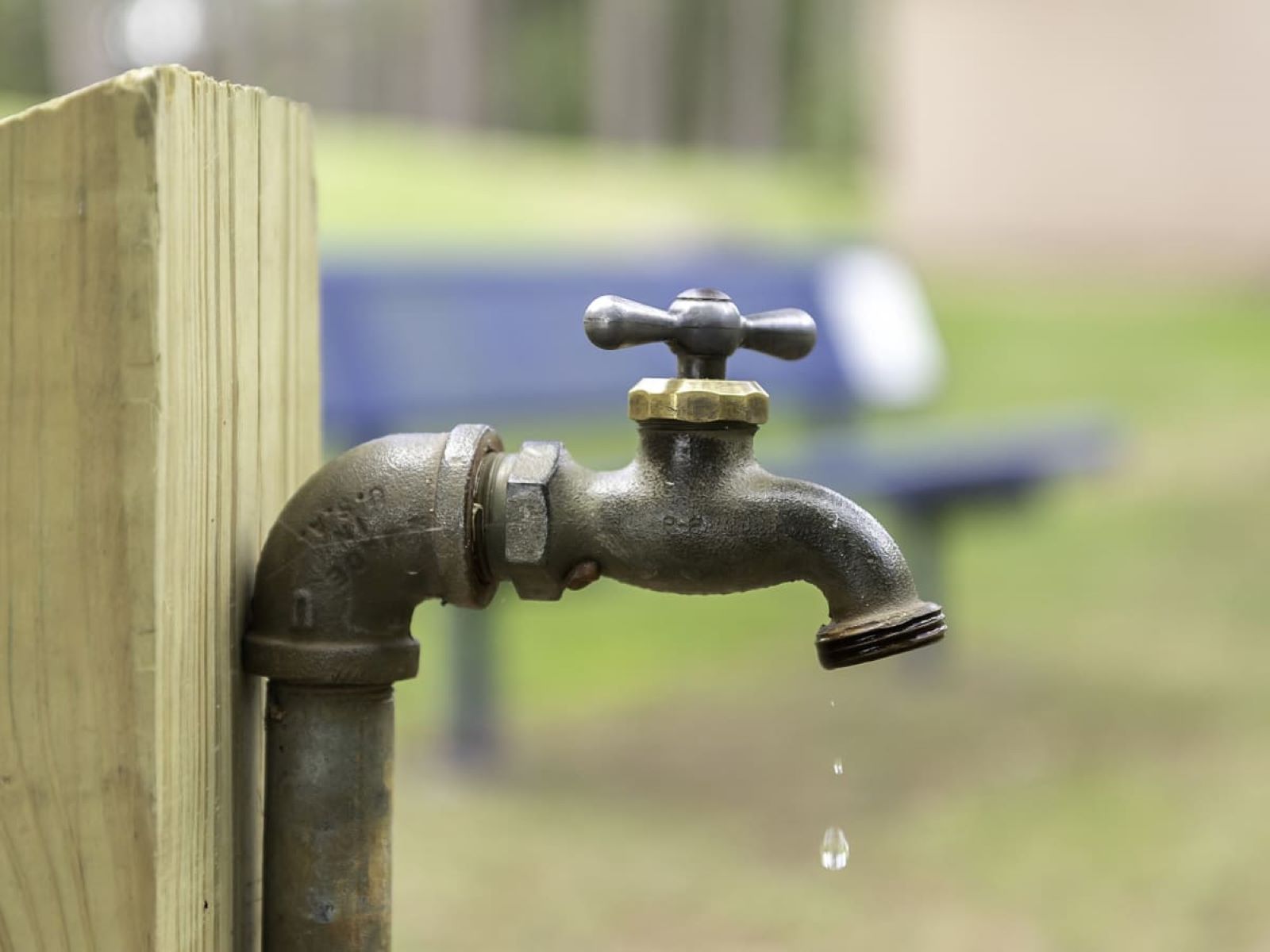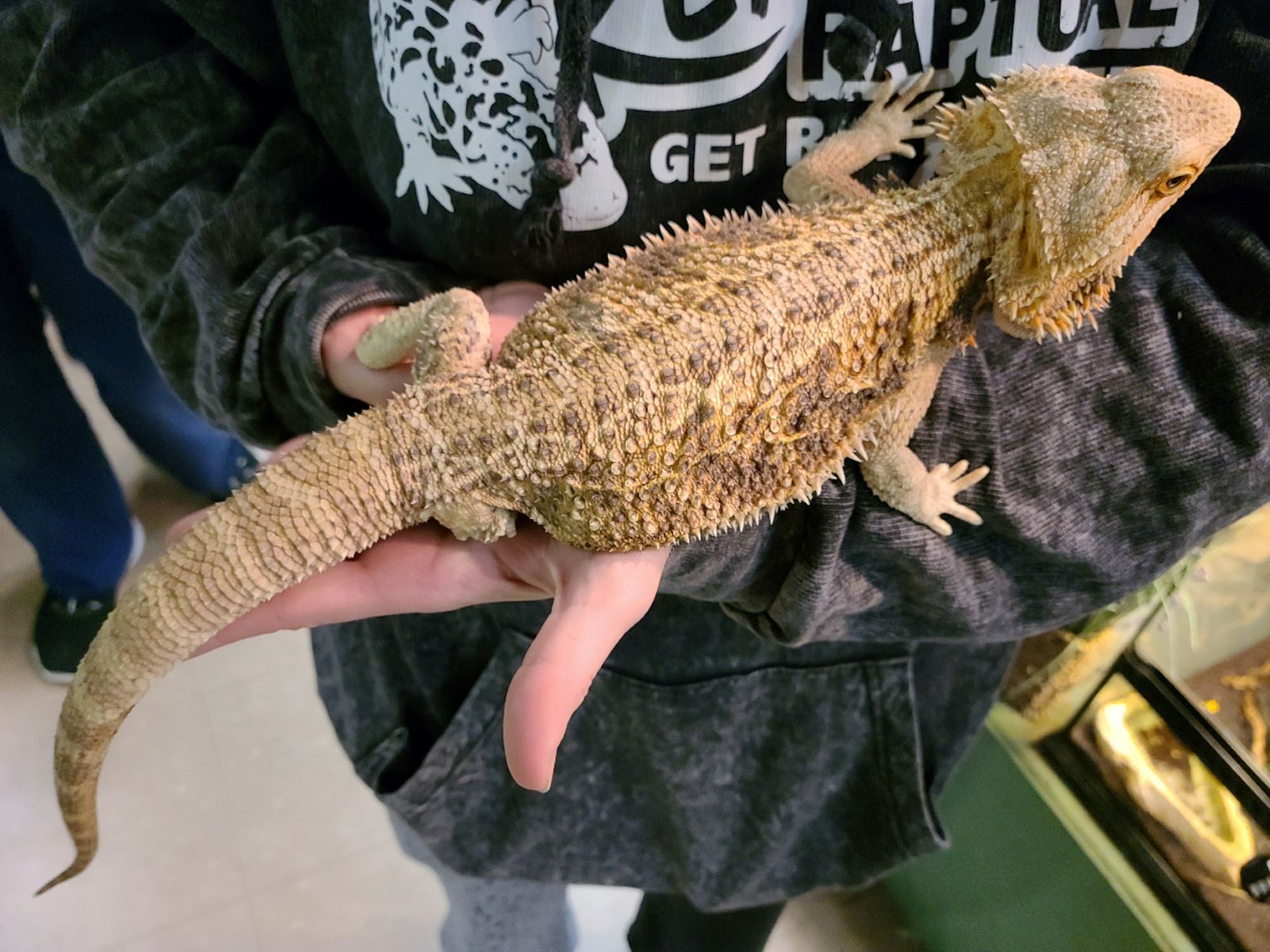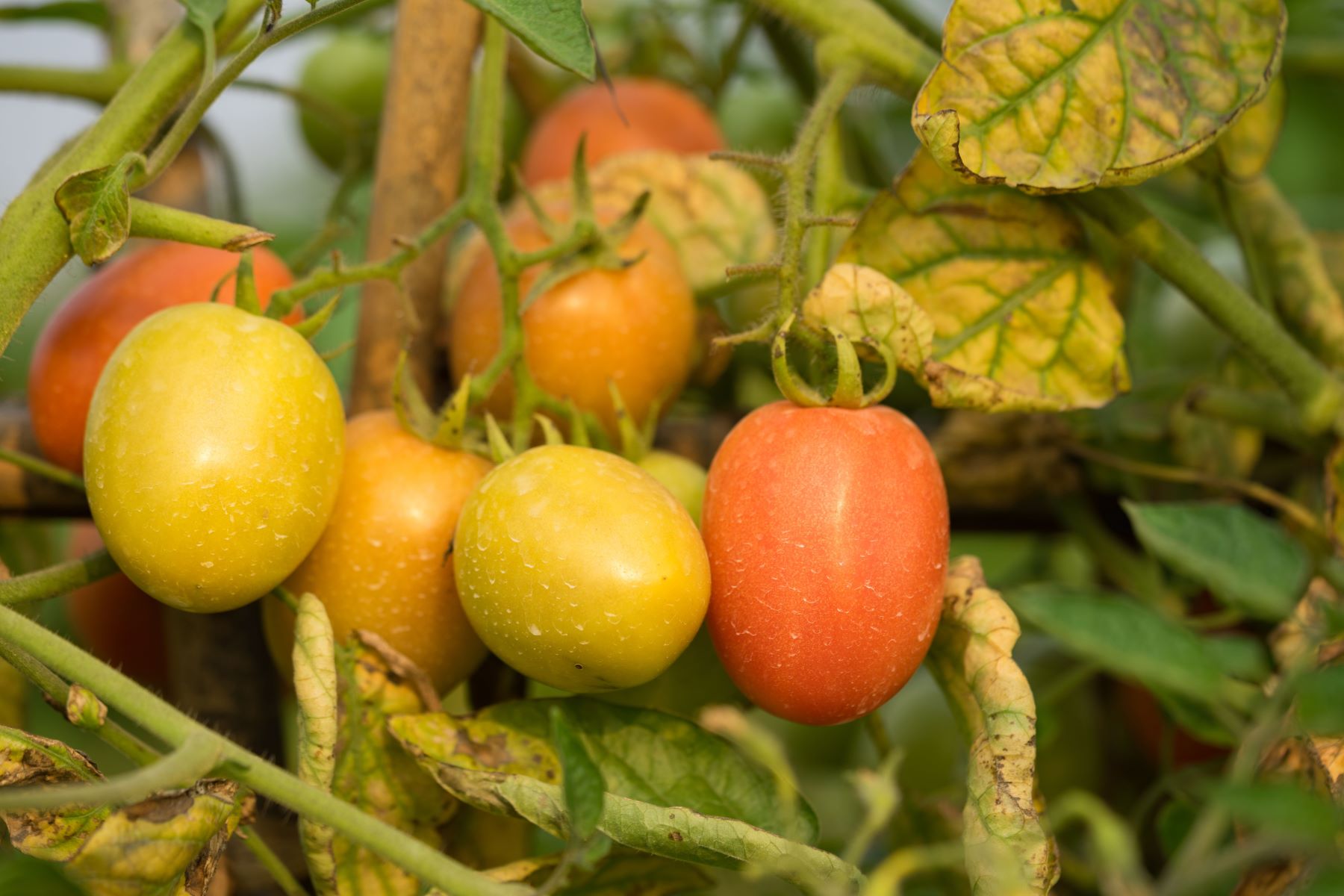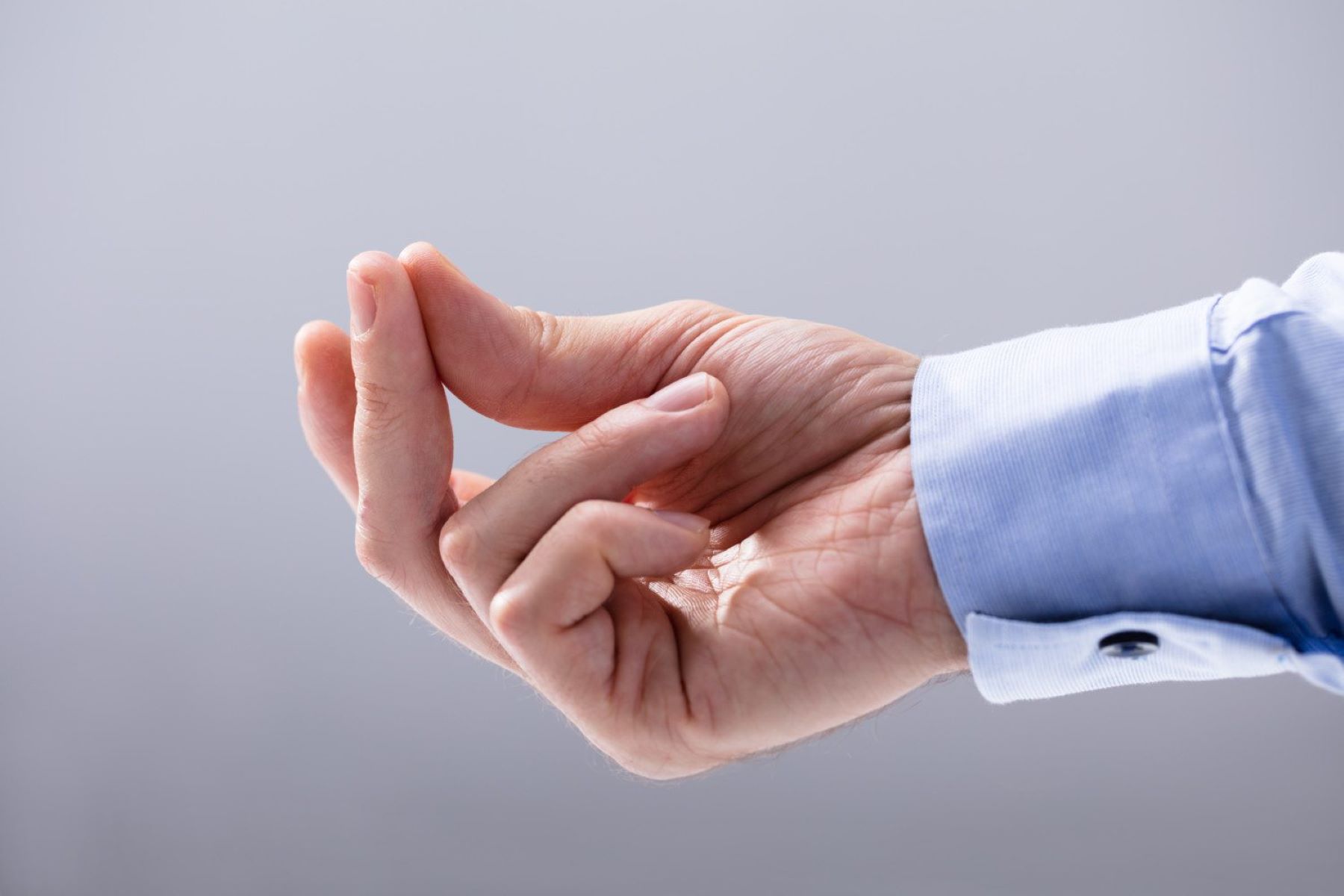Home>Home and Garden>The Ultimate Guide To Laying Sod Over Existing Grass And When To Re-Sod Your Lawn
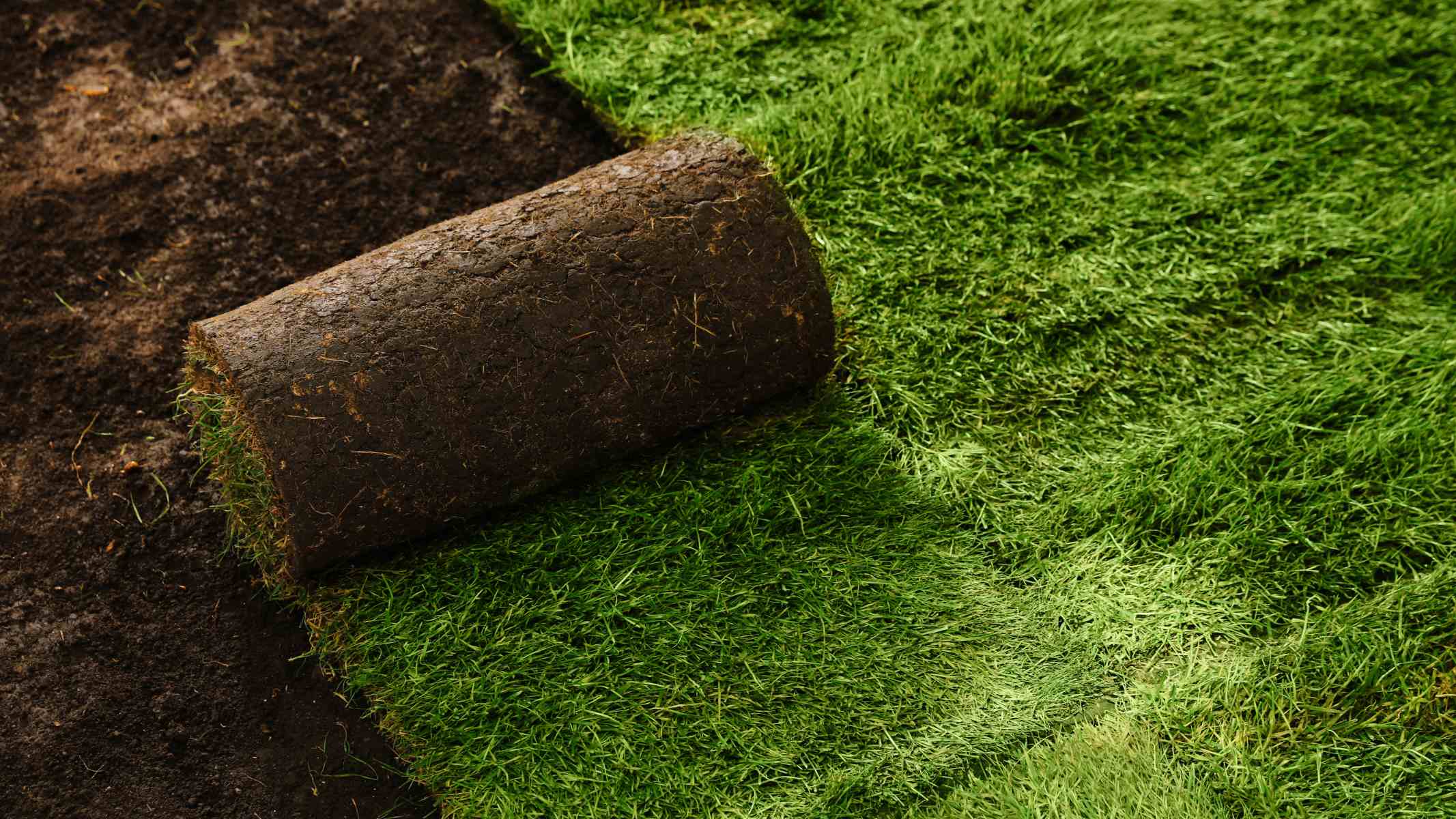

Home and Garden
The Ultimate Guide To Laying Sod Over Existing Grass And When To Re-Sod Your Lawn
Published: January 18, 2024
Discover the best practices for laying sod over existing grass and learn when it's time to re-sod your lawn. Enhance your home and garden with expert tips.
(Many of the links in this article redirect to a specific reviewed product. Your purchase of these products through affiliate links helps to generate commission for Regretless.com, at no extra cost. Learn more)
Table of Contents
Introduction
Laying sod over existing grass can be a game-changer for your lawn, transforming it from lackluster to lush in a matter of days. Whether you're looking to revitalize a patchy, worn-out lawn or simply seeking a quick and efficient way to establish a new lawn, sod installation offers a range of benefits. In this comprehensive guide, we'll delve into the ins and outs of laying sod over existing grass, from the advantages it brings to the best practices for a successful installation. Additionally, we'll explore the crucial considerations for determining when it's time to re-sod your lawn, ensuring that you maintain a vibrant and healthy outdoor space.
Sod, also known as turf grass, provides an instant solution for achieving a beautiful lawn without the lengthy waiting period typically associated with seeding. By opting for sod installation, you can bypass the uncertainty of seed germination and quickly enjoy a thick, green carpet of grass. This method is particularly beneficial for homeowners who are eager to enhance the aesthetic appeal of their property or create an inviting outdoor space for gatherings and relaxation.
Furthermore, laying sod over existing grass can help address common lawn issues such as bare patches, weed infestations, and soil erosion. It serves as a practical way to rejuvenate a tired lawn, providing a fresh start that eliminates the need for extensive soil preparation. Whether you're dealing with a lackluster lawn or simply looking to upgrade your outdoor living space, sod installation offers a convenient and effective solution.
As we embark on this guide, you'll gain valuable insights into the benefits of laying sod over existing grass, as well as the crucial indicators that signal the need for re-sodding your lawn. Additionally, we'll provide expert tips for ensuring a successful sod installation, empowering you to achieve a vibrant and resilient lawn that enhances the beauty and functionality of your outdoor environment. Let's dive into the world of sod installation and discover how this transformative process can elevate your lawn to new heights of splendor.
Benefits of Laying Sod over Existing Grass
Laying sod over existing grass presents a myriad of benefits that can significantly elevate the overall health and appearance of your lawn. Whether you're looking to rejuvenate a lackluster lawn or establish a new one, sod installation offers a host of advantages:
-
Instant Transformation: Unlike traditional seeding methods that require waiting for seed germination and grass growth, sod installation provides an instant transformation. Within a matter of days, your lawn can be transformed from patchy and worn-out to lush and vibrant, enhancing the aesthetic appeal of your outdoor space.
-
Erosion Control: Sod serves as an effective erosion control measure, particularly on sloped or uneven terrain. By laying sod over existing grass, you can prevent soil erosion and minimize the risk of runoff, thereby preserving the integrity of your lawn and landscape.
-
Weed Suppression: When properly installed, sod acts as a natural weed suppressant, crowding out unwanted vegetation and minimizing the need for chemical weed control. This helps maintain a healthy and uniform lawn, free from unsightly weeds that can detract from its visual appeal.
-
Soil Stabilization: The dense root system of sod provides excellent soil stabilization, reducing the likelihood of soil compaction and promoting a resilient and healthy lawn. This is particularly beneficial in high-traffic areas where soil erosion and compaction are common concerns.
-
Enhanced Property Value: A well-maintained lawn contributes to the overall curb appeal of your property, increasing its value and desirability. By laying sod over existing grass, you can elevate the visual appeal of your outdoor space, creating an inviting and picturesque environment that enhances the overall value of your property.
-
Year-Round Enjoyment: Unlike seeding, which is typically confined to specific seasons, sod installation can be carried out year-round, providing the flexibility to establish or revitalize your lawn at any time. This allows you to enjoy a lush and verdant lawn throughout the year, regardless of the season.
-
Reduced Maintenance: Sod installation minimizes the need for extensive lawn maintenance, as it eliminates the prolonged waiting period associated with seed germination. With sod, you can quickly establish a thick and uniform lawn, reducing the time and effort required for ongoing maintenance.
By leveraging these benefits, laying sod over existing grass presents an attractive and practical solution for achieving a vibrant and resilient lawn that enhances the beauty and functionality of your outdoor environment.
When to Re-Sod Your Lawn
Re-sodding your lawn is a strategic approach to revitalizing its health and appearance when traditional maintenance methods are no longer sufficient. Several key indicators can signal the need for re-sodding, guiding homeowners in making informed decisions to ensure the long-term vitality of their lawn.
Signs of Wear and Tear
Over time, lawns can succumb to wear and tear caused by factors such as heavy foot traffic, extreme weather conditions, and natural aging. Common signs of wear and tear include thinning grass, bare patches, and overall decline in the lawn's lushness. If your lawn exhibits these symptoms despite regular maintenance efforts, re-sodding may be necessary to restore its vigor and visual appeal.
Persistent Weed Infestations
Weed infestations can significantly detract from the beauty and health of a lawn, posing a persistent challenge for homeowners. Despite diligent weed control measures, some lawns may struggle to overcome invasive weed species. In such cases, re-sodding offers a fresh start, enabling homeowners to establish a new, weed-free lawn that promotes a healthier and more attractive outdoor environment.
Soil Compaction and Erosion
Soil compaction and erosion can compromise the overall health of a lawn, hindering root development and impeding the absorption of essential nutrients and water. If your lawn experiences persistent soil compaction or erosion issues, re-sodding presents an opportunity to address these underlying soil concerns. By installing fresh sod, homeowners can establish a resilient and well-structured lawn that is better equipped to withstand the challenges of soil compaction and erosion.
Pest and Disease Damage
Pest infestations and disease outbreaks can wreak havoc on a lawn, causing widespread damage and compromising its vitality. When traditional pest and disease management strategies prove ineffective in restoring the lawn's health, re-sodding becomes a viable solution. By removing the affected turf and installing new sod, homeowners can effectively mitigate the impact of pests and diseases, creating a healthier and more resilient lawn.
Aging and Decline in Aesthetic Appeal
As lawns age, they may exhibit a gradual decline in aesthetic appeal, characterized by thinning grass, patchy areas, and diminished vibrancy. This aging process can detract from the overall beauty of the outdoor space, diminishing its visual impact. In such instances, re-sodding offers a transformative solution, enabling homeowners to rejuvenate their lawn and create a fresh, vibrant landscape that enhances the aesthetic appeal of their property.
By recognizing these key indicators and understanding when to re-sod your lawn, homeowners can proactively address underlying issues and embark on a journey to revitalize their outdoor environment. Re-sodding presents an opportunity to establish a resilient and visually stunning lawn, ensuring that your outdoor space remains a source of pride and enjoyment for years to come.
Tips for Successfully Laying Sod over Existing Grass
Successfully laying sod over existing grass requires careful preparation and execution to ensure optimal establishment and long-term viability. By following these expert tips, you can achieve a seamless and effective sod installation process that transforms your lawn into a lush and vibrant outdoor oasis.
Read more: The Astonishing Reason Behind Your Existence
1. Prepare the Site
Before laying sod, it is crucial to prepare the site by removing any existing debris, weeds, and rocks. Clearing the area of obstacles and ensuring a smooth, level surface sets the stage for successful sod installation, promoting strong root development and uniform growth.
2. Test the Soil
Conduct a soil test to assess its pH levels and nutrient content. This valuable insight allows you to make informed decisions regarding soil amendments, ensuring that the turf grass has an optimal environment for growth. Adjusting the soil pH and fertility as needed can significantly enhance the success of sod establishment.
3. Address Drainage
Evaluate the drainage conditions of the site to prevent waterlogging, which can impede root development and promote disease. Implement proper drainage solutions, such as grading and installing drainage tiles if necessary, to create an environment conducive to healthy sod growth.
4. Install Irrigation
Establishing a reliable irrigation system is essential for nurturing newly laid sod. Whether through a sprinkler system or manual watering, ensure that the sod receives adequate moisture, particularly during the initial establishment phase. Proper irrigation promotes root penetration and minimizes stress on the turf grass.
5. Choose High-Quality Sod
Select high-quality sod from a reputable supplier to ensure the vitality and uniformity of the turf grass. Fresh, healthy sod with dense root systems and minimal thatch provides the best foundation for a successful installation, yielding a resilient and attractive lawn.
6. Lay Sod Properly
When laying sod, stagger the seams in a brickwork pattern to minimize visible lines and promote seamless integration. Avoid stretching the sod, as this can lead to uneven settling and hinder root establishment. Press the sod firmly into the soil to ensure good soil-to-root contact, facilitating rapid establishment.
7. Provide Post-Installation Care
After laying the sod, prioritize post-installation care by keeping the turf consistently moist during the initial weeks. Monitor the sod for signs of drying or stress, and adjust the irrigation schedule as needed to promote healthy growth. Minimize foot traffic on the newly laid sod to allow for undisturbed establishment.
8. Monitor and Maintain
Regularly monitor the sod for signs of root establishment and overall health. Gradually transition to a regular watering and maintenance schedule as the sod becomes established, ensuring that it thrives in its new environment. Address any issues promptly to maintain the long-term vitality of the lawn.
By adhering to these tips and best practices, you can lay sod over existing grass with confidence, setting the stage for a resilient and visually stunning lawn that enhances the beauty and functionality of your outdoor space.
Factors to Consider Before Re-Sodding Your Lawn
Assessing the need for re-sodding your lawn involves a comprehensive evaluation of various factors that can influence the success and longevity of the new turf. Before embarking on the re-sodding process, it is essential to consider the following key factors:
1. Soil Quality
The condition of the soil plays a pivotal role in the establishment of new sod. Conduct a thorough assessment of the soil's texture, compaction, and nutrient content. Addressing any soil deficiencies or compaction issues before re-sodding can significantly enhance the turf's ability to take root and thrive.
2. Climate and Environmental Conditions
Consider the local climate and environmental factors that can impact the success of re-sodding. Factors such as temperature fluctuations, precipitation levels, and sunlight exposure can influence the establishment and growth of the new turf. Choosing the right time of year for re-sodding, based on favorable climate conditions, can optimize the chances of successful establishment.
3. Weed and Pest Management
Evaluate the presence of weeds and pests in the existing lawn, as these can pose significant challenges to the successful establishment of new sod. Implementing effective weed control measures and addressing pest infestations before re-sodding is essential to create a favorable environment for the new turf to flourish.
4. Watering and Irrigation
Assess the existing watering and irrigation infrastructure to ensure that the new sod receives adequate moisture during the critical establishment phase. Adequate irrigation is essential for promoting root development and minimizing stress on the newly laid turf. Consider any necessary adjustments or upgrades to the irrigation system to support the re-sodding process.
5. Turf Selection
Carefully select the type of turf grass that is best suited to your local climate, soil conditions, and maintenance preferences. Choosing a turf variety known for its resilience, disease resistance, and aesthetic appeal can contribute to the long-term success of the re-sodding effort, ensuring a vibrant and healthy lawn.
6. Maintenance and Care
Evaluate your ability to commit to the necessary maintenance and care routines following re-sodding. Establishing a post-sodding maintenance plan, including watering, mowing, and fertilization, is crucial for nurturing the new turf and promoting its long-term vitality. Consider your availability and willingness to adhere to the recommended maintenance practices before proceeding with re-sodding.
By carefully considering these factors before re-sodding your lawn, you can make informed decisions and take proactive measures to ensure the successful establishment and long-term health of the new turf. This thoughtful approach sets the stage for a resilient and visually appealing lawn that enhances the beauty and functionality of your outdoor space.
Conclusion
In conclusion, the process of laying sod over existing grass and re-sodding your lawn represents a transformative journey toward achieving a vibrant and resilient outdoor environment. By leveraging the benefits of sod installation, homeowners can quickly revitalize their lawns, addressing common issues such as wear and tear, weed infestations, and soil erosion. The instant transformation offered by sod installation, coupled with its ability to enhance property value and provide year-round enjoyment, makes it a compelling choice for homeowners seeking a lush and visually stunning lawn.
Moreover, recognizing the signs that indicate the need for re-sodding is crucial for maintaining a healthy and attractive outdoor space. Whether it's addressing persistent wear and tear, combating weed infestations, or rejuvenating an aging lawn, re-sodding offers a strategic solution for revitalizing the health and visual appeal of the turf. By understanding when to re-sod your lawn, homeowners can proactively address underlying issues and embark on a journey to create a fresh, resilient, and visually appealing landscape.
Furthermore, the expert tips for successfully laying sod over existing grass provide invaluable guidance for ensuring a seamless and effective installation process. From site preparation and soil testing to post-installation care and maintenance, these tips empower homeowners to lay sod with confidence, setting the stage for a lush and vibrant lawn that enhances the beauty and functionality of their outdoor space.
Before embarking on the re-sodding process, it is essential to consider various factors such as soil quality, climate and environmental conditions, weed and pest management, turf selection, and maintenance requirements. By carefully evaluating these factors, homeowners can make informed decisions and take proactive measures to ensure the successful establishment and long-term health of the new turf.
In essence, the journey of laying sod over existing grass and re-sodding your lawn is a testament to the transformative power of turf grass installation. It offers a pathway to creating a vibrant, resilient, and visually stunning lawn that elevates the overall beauty and functionality of your outdoor space, providing a source of pride and enjoyment for years to come.
